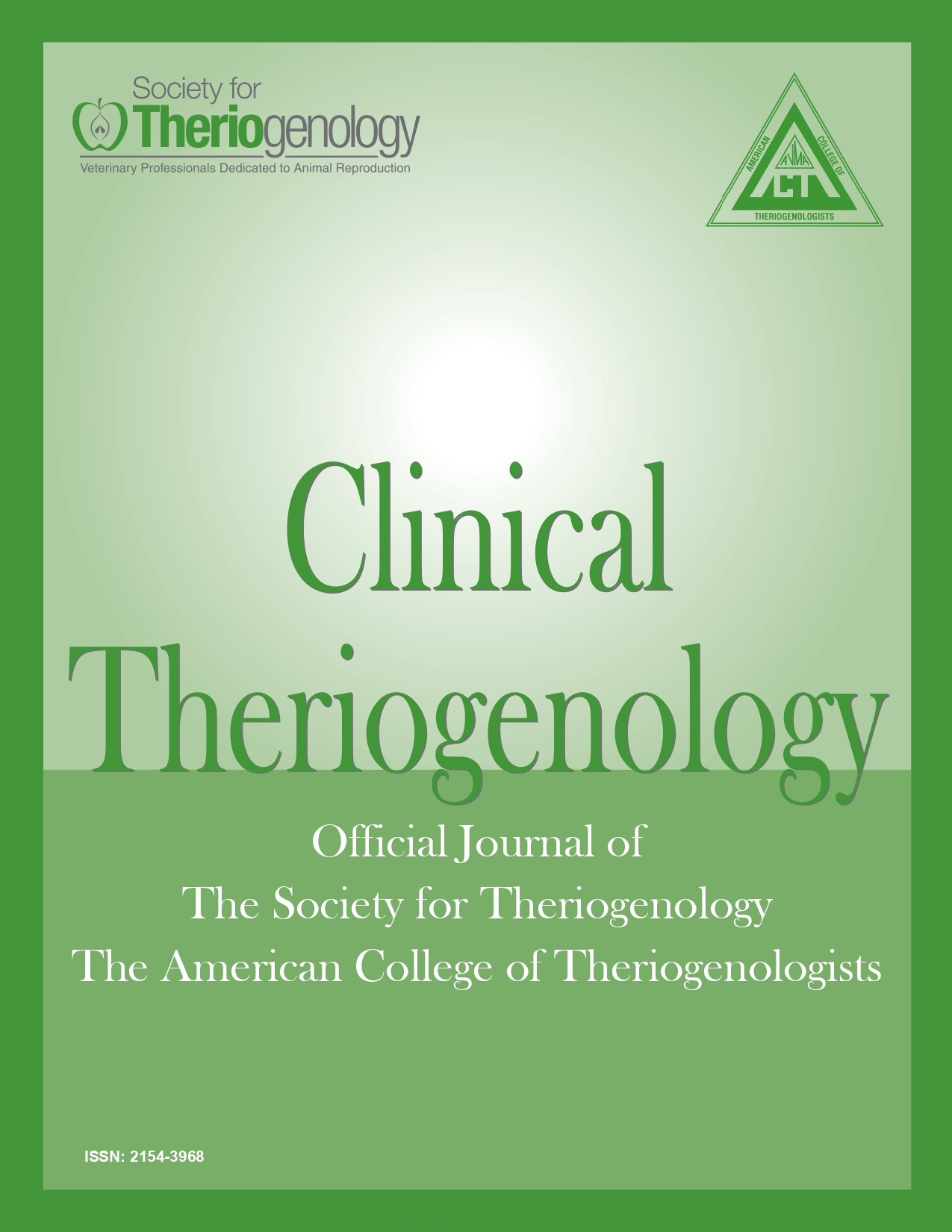Failure of pregnancy in horses and camelids
Abstract
Determining pregnancy failures in horses and camelids is approached as a diagnostic investigation of an individual animal. It
begins with the preliminary discussion around expectations of the investigation and apparently, diagnostic success rate is high
in horses. However, diagnostic success in camelids is low. General approach from a pathology point of view is to identify several
of noninfectious fetal and fetal membranes’ lesions and then determine the potential infectious causes; agents include viruses,
eubacteria, protozoa, and fungi. Bacterial and fungal infections are mostly ascending infections whereas viral and protozoal are
systemic infections. When an infectious cause is excluded, the focus is directed on potential noninfectious causes and particularly
those with detectible lesions. Maternal evaluation, specifically, via endometrial biopsy and examination of fetus and fetal membranes
(including umbilical cord) in horses, normally provide an explanation for noninfectious failure of pregnancy in several
circumstances. Special attention should be given to fetal thyroid gland, tracheal contents, and musculoskeletal system, particularly,
the medulla of long bones. In horses, noninfectious failure of pregnancy with no lesions (idiopathic abortion) is observed in a
small percentage of cases. In camelids, it is a common ‘diagnosis.’
Downloads

This work is licensed under a Creative Commons Attribution-NonCommercial 4.0 International License.
Authors retain copyright of their work, with first publication rights granted to Clinical Theriogenology. Read more about copyright and licensing here.





